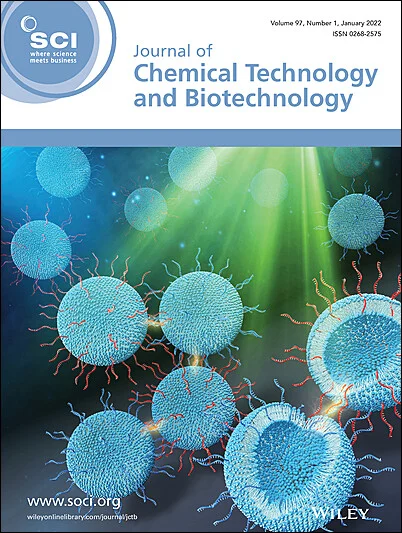Synthesis of copper-nitrogen-carbon catalysts and the enhancement mechanism of mercury removal performance in coal-fired flue gas
Abstract
BACKGROUND
Mercury pollution from coal-fired flue gas poses significant threats to human health and the ecosystem, prompting strict control measures under international conventions like the Minamata Convention. Existing flue gas treatment technologies (e.g., dust removal, desulfurization) have limited mercury removal efficiency, while activated carbon injection suffers from high costs and secondary treatment issues. Graphitic carbon nitride (g-C3N4) shows potential for mercury removal, and doping copper (Cu) atoms can enhance its performance. This study aimed to synthesize a Cu-N4C catalyst via high-temperature calcination and explore its mercury removal mechanism in coal-fired flue gas.
RESULT
The Cu-N4C catalyst prepared at 800 °C showed remarkable mercury removal performance, with an average conversion of 98.50% at 50 °C and almost no Hg0 release, significantly outperforming conventional g-C3N4. It maintained high efficiency under various flue gas components, demonstrating strong resistance to interference from O2, CO2, NO, and SO2. Structural characterization by XRD and FTIR confirmed the high crystallinity of Cu-N4C and the impact of Cu doping on its chemical bonds, while SEM/EDX revealed a fluffy porous structure with uniform Cu distribution. N2 adsorption–desorption tests showed that Cu-N4C had a large specific surface area of 232 m2/g and a mesoporous structure, which enhanced the contact area with mercury. Mechanistic studies via Hg-TPD and XPS indicated that Cu+ in Cu-N4C was oxidized to Cu2+ during the reaction, forming a CuHg alloy with Hg0 to promote mercury removal through redox reactions and metal-mercury chemisorption.
CONCLUSION
This study developed a novel Cu-N4C catalyst for efficient mercury removal from coal-fired flue gas. The catalyst showed superior performance at low temperatures (50 °C) and maintained stability in complex flue gas environments. The mechanism involves Cu+-mediated oxidation of Hg0 to Hg2+ and formation of a CuHg alloy. This work provides a new material option for industrial mercury removal and a theoretical basis for optimizing catalyst design. © 2025 Society of Chemical Industry (SCI).



 求助内容:
求助内容: 应助结果提醒方式:
应助结果提醒方式:


